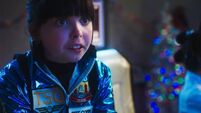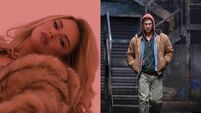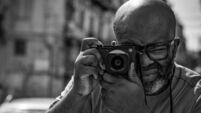Crawford Art Gallery in Cork acquires major Harry Clarke piece
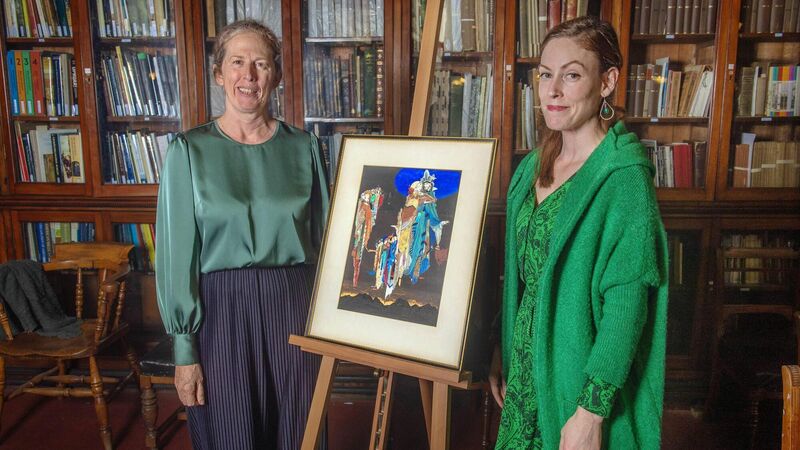
Crawford Art Gallery director Mary McCarthy and gallery registrar Jean O’Donovan with 'The Colloquy of Monos and Una, by Harry Clarke. Picture: Michael Mac Sweeney/Provision
Crawford Art Gallery in Cork has announced the purchase of a new addition to its collection of works from Irish artistic icon Harry Clarke. 'The Colloquy of Monos and Una', a colour plate illustration for a 1923 edition of Edgar Allan Poe’s Tales of Mystery and Imagination, was purchased at private auction in December 2023 - the first such acquisition for the facility in over 99 years.
The latest addition to Crawford Art Gallery's Clarke collection will go on display at the museum from 10am on Friday, December 15. It adds to the Cork gallery's collection of Clarke pieces that includes book illustrations, watercolour studies, and works in stained glass. Other Cork locations with stained glass windows by Clarke include the Honan Chapel at UCC, St Barrahanes in Castletownshend, and the Church of the Nativity in Timoleague.
In a statement on Thursday, the Crawford described the new acquisition and its significance: "The richly coloured pencil, ink and watercolour work depicts lovers Monos and Una reunited in the afterlife, as in Poe’s classic tale: art deco influences can be seen in the elaborate clothing of the figures, while Clarke’s distinctive emphasis on eyes and elongated hands is evident."
The hammer price for the piece from the December 6 auction at Adam's is listed as €70,000.
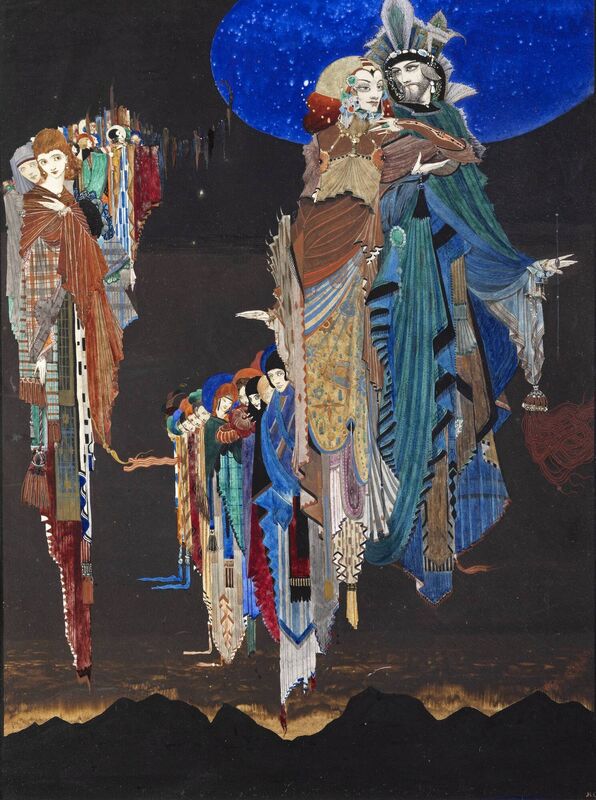
The purchase is the Crawford Art Gallery's first new Clarke artwork since 1924, when two other illustrations from the same series, The Fall of the House of Usher and Marie Rogêt, were purchased alongside over 20 other pieces by Clarke.
It brings to 27 the number of Clarke artworks in the facility’s collection, including the three earliest examples of his stained glass work, which were conserved in 2023 with support from the Heritage Council.
The Crawford Art Gallery's annual winter Clarke exhibition, 'Harry Clarke: Bad Romance', ongoing until Sunday February 18, 2024, will see the piece join the collection.
“Crawford Art Gallery continues to build its collection with acquisitions of contemporary and historical works of significance,” says Crawford Art Gallery director Mary McCarthy.
“We are truly delighted to have secured this exceptional work for the National Collection at Crawford Art Gallery and furthermore to be able to put it on display immediately. The work is in exceptional condition. We are very grateful to Minister Catherine Martin and colleagues in the Department of TCAGSM for their full support for this magical work by an exceptional artist.”
The Department of Tourism, Culture, Arts, the Gaeltacht, Sports and Media provided financial support for the purchase of the artwork.
The Crawford acquisition is the second Harry Clarke piece to be brought into public ownership in recent weeks, with Dublin's National Gallery purchasing a rare Clarke stained-glass piece, 1922's Titania Enchanting Bottom, last week.
- Harry Clarke: Bad Romance is open to the public until Sunday, 18 February 2024.
- Christmas opening hours are as normal, with the exception of 25 and 26 December, and 1 January.
- For more information visit the website.
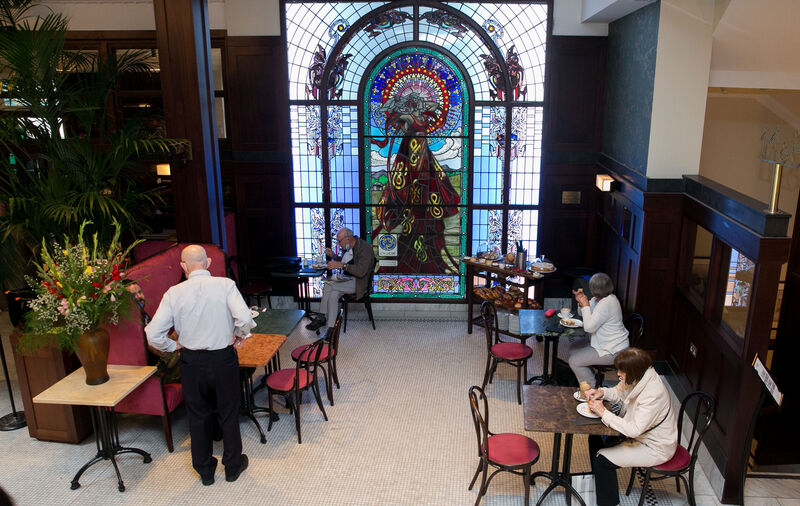
Harry Clarke (17 March 1889 – 6 January 1931) was a Dublin-born illustrator and stained glass artist, who was a member of the Royal Hibernian Academy of Arts (RHA) and a leading figure in the Irish Arts and Crafts movement.
Clarke suffered ill health all his life and died at 41 in Switzerland, having sought treatment in a TB sanatorium. His condition was likely made worse by working with caustic chemicals to create his famous stained-glass works.

Clarke's stained glass work includes the windows of the Honan Chapel in University College Cork, the windows he made for Bewley’s Coffee Shop on Grafton Street, a window illustrating John Keats' The Eve of St. Agnes now in the Hugh Lane Municipal Gallery in Dublin and the Geneva Window, created for the Centre William Rappard in Geneva, Switzerland and now in the Wolfsonian Museum, in Miami, Florida.




